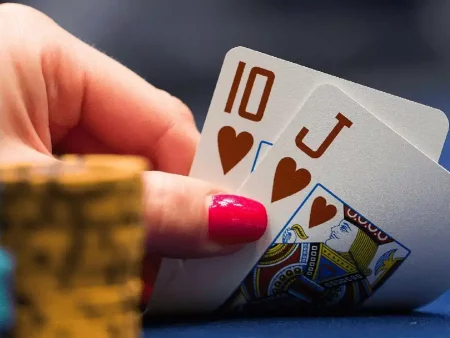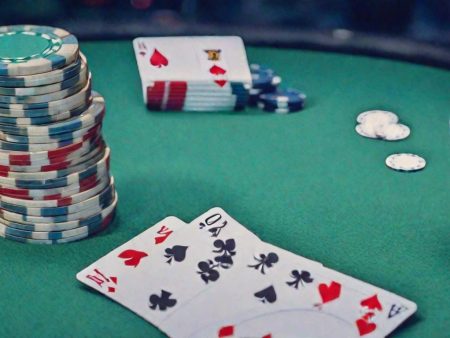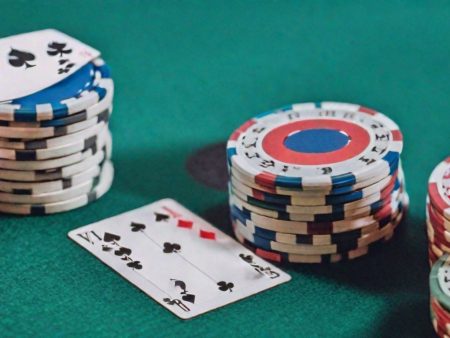Poker ABI, or Aggression Frequency, is an important statistical measure that helps you understand how active and aggressive a player is at the poker table. It’s more than just a number — it reveals your opponent’s playing style and shows how often they make aggressive moves, such as betting and raising, versus more passive moves, such as checking and calling.
What is ABI and How is it Calculated?
ABI is usually expressed as a percentage and is displayed in statistical programs like Hold’em Manager or PokerTracker. To calculate this value, the player’s actions across all stages of a hand — from pre-flop to river — are analyzed. For example, if a player often makes bets and raises, their ABI will be high, while if they prefer checking or calling, their aggression level will be low.
What Actions Are Taken Into Account When Calculating ABI?
- Betting — when a player puts money into the pot. This action actively increases the size of the pot, and it’s considered aggressive.
- Raising — increasing a previous bet. This is also considered an aggressive move.
- Re-raising — raising a bet that has already been raised. This shows even more aggression.
What Actions Do Not Affect ABI?
- Checking — when a player decides to pass on their turn without betting. This is a passive action and does not count toward ABI.
- Calling — when a player simply matches another player’s bet without raising. This is also passive and does not influence the ABI value.
In conclusion, ABI helps you gauge how aggressive your opponent is and gives you an idea of their overall strategy.
Read also: Suits in poker: hierarchy and importance in the game.
How to Classify Players Based on Their ABI?
Aggression Frequency can vary widely depending on the player’s style. Here are a few types of players classified by their ABI:
High ABI — Very Aggressive Players
- Loose-Aggressive Players: These players play many hands and frequently make aggressive moves like betting and raising. They love keeping opponents on edge.
- Bluffing Players: These players often try to deceive others with bluffs, which increases their ABI. They use betting to force their opponents to fold.
- Aggressive Regulars: Experienced players who intentionally maintain a high ABI to remain unpredictable and hard to read.
Medium ABI — Moderately Aggressive Players
- Balanced Players: These players act with moderate aggression. They adjust their strategy based on the situation and are flexible in their approach.
- Selective Players: These players play fewer hands but tend to be aggressive when they do get involved. They follow a more calculated strategy.
Low ABI — Passive Players
- Passive Players: These players often check and call without being aggressive. They rarely bet or raise.
- Beginners: New players tend to be more cautious, avoiding too many aggressive moves, resulting in a low ABI.
Thus, ABI reflects the proportion of aggressive actions a player takes out of their total moves. For example, if a player has an ABI of 30%, it means that 30% of their actions are aggressive (bets, raises), and the remaining 70% are passive (checks, calls). Keep in mind that ABI can change depending on the situation and playing style. Knowing your own ABI, as well as your opponents’, helps you make better-informed decisions at the table.
How to Play Against Players with Different Aggression Frequencies?
It’s important to adjust your strategy depending on your opponent’s ABI. Here are some tips for playing against players with varying levels of aggression:
Against High ABI Players (Very Aggressive) If your opponent has a high ABI, be prepared for frequent bluffs and aggressive betting. Don’t be quick to fold weak hands, but if you have a strong hand, let them bet and then raise. This way, you can extract the most value from their bet. Pay close attention to their actions to learn how often they bluff and with which hands.
Against Medium ABI Players (Moderately Aggressive) Here, it’s important not to be predictable. Keep changing your playing style so your opponent struggles to read you. This will make it harder for them to make informed decisions and force them to adapt to your movements.
Against Low ABI Players (Passive) With these players, you need to take on a more aggressive role. Bet and raise frequently to force them to fold weak hands. They tend to call, so with strong hands, make sure to bet aggressively, knowing they’ll likely follow. However, avoid bluffing too much, as they’re more likely to call, and your bluff may not succeed. Instead, focus on exploiting your strong hands.
Read also: Sizing and siding in poker: how to choose the optimal bet size.
In poker, it’s essential to observe your opponents and adjust your strategy based on their playing style. Constantly monitor their ABI and adjust your actions accordingly to get the most out of each situation. Remember, variety in tactics and flexibility are crucial skills for success. However, ABI should not be viewed in isolation — it plays a key role in determining your next move, but it should be considered alongside other statistics. Did you enjoy this article? Then you should check out the card games and casino guide – everything about poker, blackjack, and more.
FAQ: The ABI indicator in poker
What is the ABI indicator in poker?
ABI, or Average Buy-In, is a metric that calculates the average amount a player spends to enter poker tournaments.
It helps players assess the stakes they are playing and manage their bankroll effectively.
How is ABI calculated?
ABI is calculated by dividing the total amount spent on tournament entries by the number of tournaments played.
For example, if a player enters 10 tournaments costing $10 each, their ABI is $10.
Why is ABI important in poker?
ABI helps players understand the level of risk they are taking and ensures they are playing within their bankroll limits.
It’s also used to measure a player’s experience and competitiveness in specific stakes.
What is a good ABI for bankroll management?
A common guideline is to have a bankroll of 100–200 times your ABI.
This cushion helps players handle variance and reduces the risk of going broke.
Does ABI reflect skill level?
Not directly, but it can indicate the stakes a player is comfortable with.
High ABI players often compete in tougher fields, while low ABI players may face less experienced opponents.
How can players use ABI to improve their game?
Players can track their ABI over time to analyze their performance and adjust their stakes.
Gradual increases in ABI can indicate growth in skill and confidence.
Does ABI vary in online and live poker?
Yes, ABI in online poker tends to be lower due to a wider range of low-stakes tournaments.
Live poker usually involves higher entry fees, which can increase a player’s ABI.






